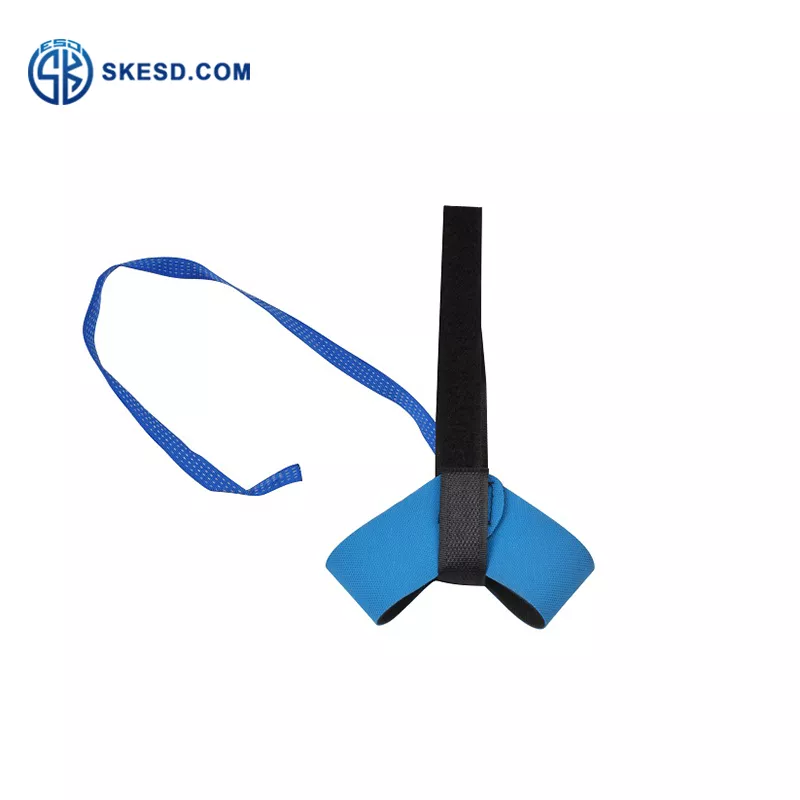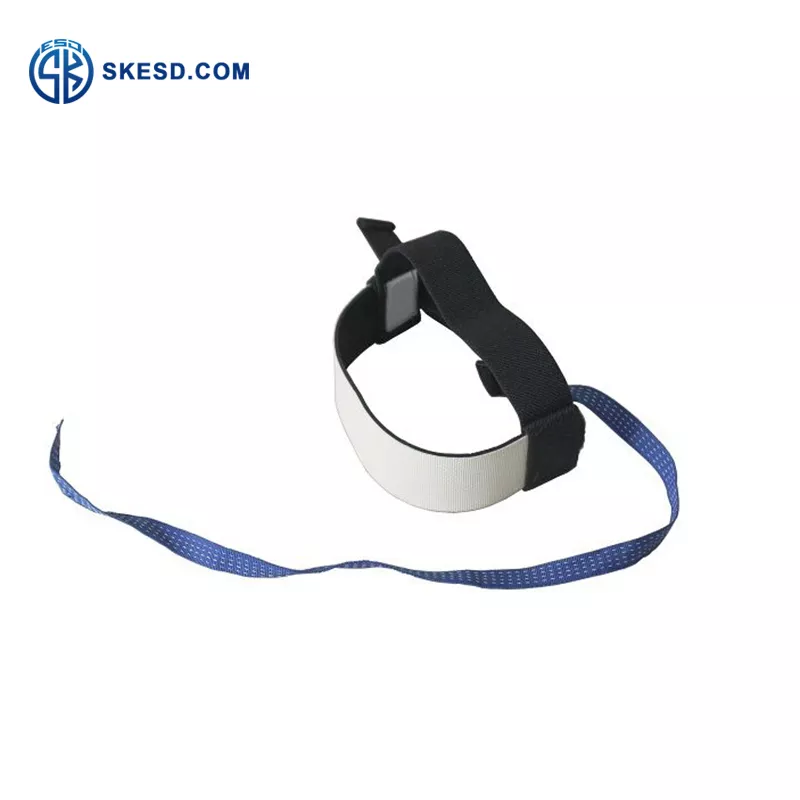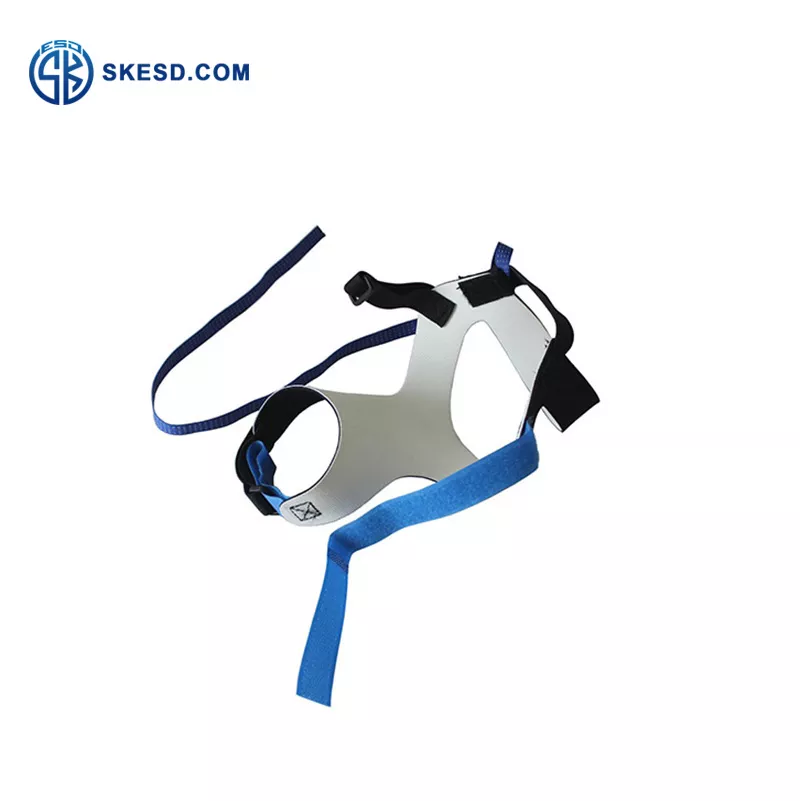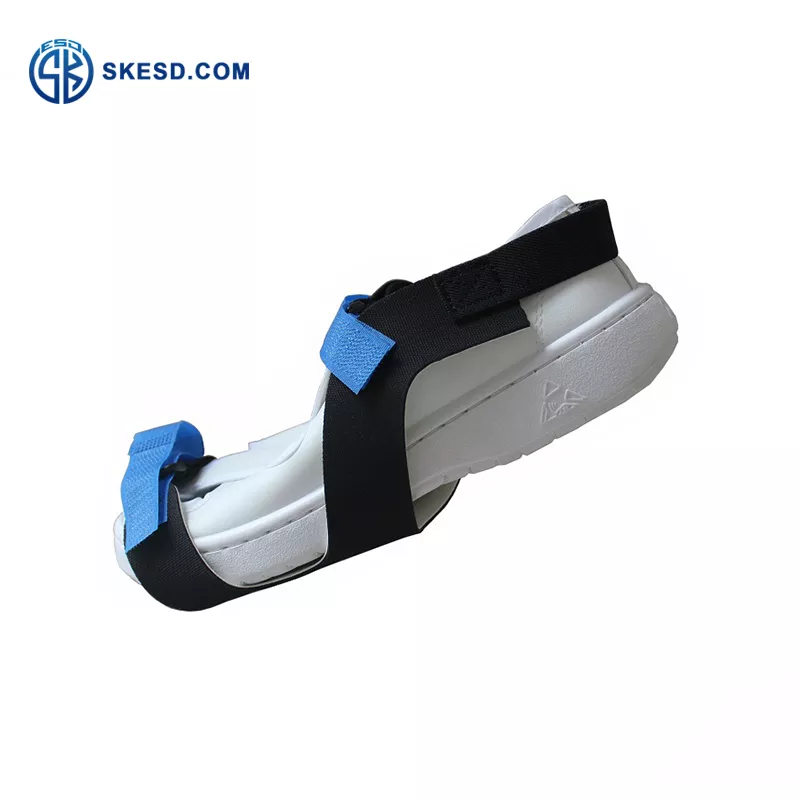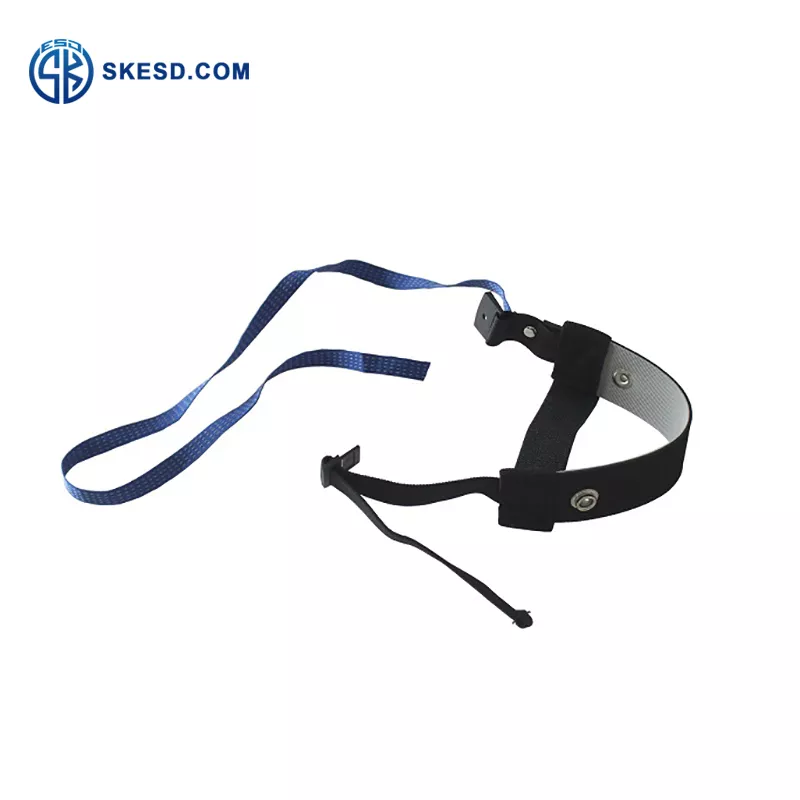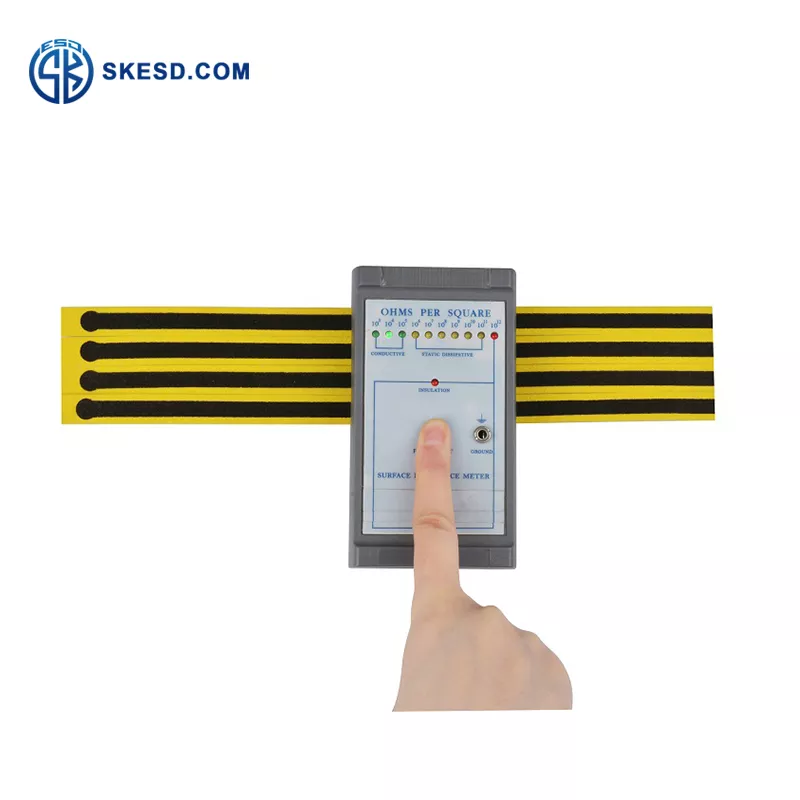What Is an ESD Foot Strap?
An ESD foot strap, also known as an anti-static foot strap or grounding strap, is a specialized device designed to provide personal grounding for individuals working in ESD-sensitive environments. It consists of a conductive band or cuff that is worn around the ankle or foot, connected to a grounding point through a conductive cord. The purpose of an ESD foot strap is to dissipate electrostatic charges from the body to prevent the accumulation of static electricity.
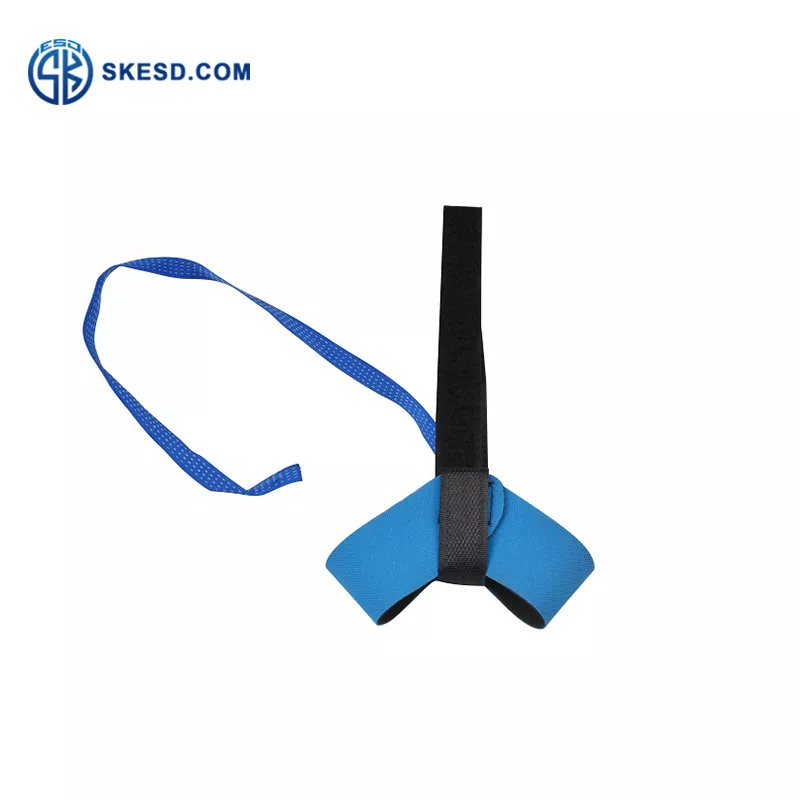
How Does an ESD Foot Strap Work?
ESD foot straps operate on the principle of grounding. When a person wears an ESD foot strap, it creates a direct electrical connection between the body and the ground. This connection allows any built-up electrostatic charges on the person’s body to flow safely to the ground, eliminating the risk of discharging onto sensitive electronic components. By providing a controlled discharge path, ESD foot straps effectively minimize the potential for ESD-related damage.
Choosing the Right ESD Foot Strap
When selecting an ESD foot strap, several factors should be considered. These include:
- Conductivity: The foot strap should have sufficient conductivity to ensure effective dissipation of electrostatic charges.
- Comfort: The strap should be comfortable to wear for extended periods to encourage compliance with ESD protection protocols.
- Durability: The foot strap should be durable and able to withstand frequent use without compromising its conductivity.
- Adjustability: It is important to choose a foot strap that can be easily adjusted to accommodate different shoe sizes.
- Compatibility: The foot strap should be compatible with the existing grounding infrastructure in the work environment.
Proper Usage and Maintenance
To ensure optimal performance, ESD foot straps should be used and maintained correctly. Here are some essential usage and maintenance guidelines:
- Always wear the foot strap on a clean and bare foot or over a sock.
- Verify that the foot strap is properly connected to a reliable grounding source.
- Regularly inspect the foot strap for any signs of wear or damage and replace if necessary.
- Clean the foot strap periodically using a mild detergent to remove dirt and oils that may hinder conductivity.
- Store the foot strap in a safe and clean environment when not in use to prevent damage.
Benefits of Using Grounding Straps
Using ESD foot straps offers several benefits, including:
- Protection against ESD-related damage: ESD foot straps prevent electrostatic discharges from damaging sensitive electronic components.
- Enhanced worker safety: By grounding static charges, ESD foot straps minimize the risk of accidental shocks to personnel.
- Compliance with ESD standards: ESD foot straps help companies meet ESD protection requirements mandated by industry standards.
- Cost savings: Implementing ESD foot straps reduces the likelihood of expensive equipment failures caused by ESD incidents.
In Different Industries
ESD foot straps find applications in various industries where ESD protection is critical. Some industries that commonly utilize ESD foot straps include:
- Electronics manufacturing
- Semiconductor manufacturing
- Aerospace and defense
- Medical device manufacturing
- Automotive assembly
- Telecommunications
Common Misconceptions
There are a few misconceptions surrounding ESD foot straps. Let’s address some of the common ones:
Misconception 1: ESD foot straps provide complete protection against all ESD incidents.
Misconception 2: ESD foot straps are only necessary for working on electronic devices directly.
Misconception 3: ESD foot straps can be replaced by regular footwear or grounding mats.
It is important to note that while ESD foot straps are an essential part of ESD protection, they should be used in conjunction with other measures to ensure comprehensive protection against ESD incidents.
ESD Foot Straps vs. Other ESD Protection Devices
ESD foot straps are just one of the many ESD protection devices available. Here’s a comparison of ESD foot straps with other commonly used ESD protection devices:
- ESD Foot Straps vs. ESD Wrist Straps: While foot straps ground the lower body, wrist straps ground the upper body. Both are important in preventing ESD incidents.
- ESD Foot Straps vs. ESD Shoes: ESD shoes are designed with conductive soles to provide continuous grounding, while foot straps offer a more flexible and cost-effective solution.
- ESD Foot Straps vs. ESD Floor Mats: ESD floor mats provide an ESD-safe work surface, while foot straps offer personal grounding. Both can be used together for enhanced protection.
Compliance Standards
ESD foot straps are subject to compliance standards to ensure their effectiveness and reliability. Some widely recognized standards include:
- ANSI/ESD S20.20: This standard provides guidelines for establishing an ESD control program, including the use of personal grounding devices.
- IEC 61340-5-1: This international standard specifies requirements for ESD control measures in electronics manufacturing environments.
- ASTM F2412 and ASTM F2413: These standards pertain to the electrical resistance of protective footwear, including ESD shoes.
Future Developments in ESD Foot Straps
As technology advances, so does the development of ESD protection solutions. Some future developments in ESD foot straps may include:
- Integration with wearable technology: ESD foot straps could incorporate smart features for real-time monitoring and feedback on grounding effectiveness.
- Enhanced comfort and usability: Manufacturers may focus on improving the ergonomic design and comfort of ESD foot straps to encourage compliance and prolonged usage.
- Sustainable materials: The industry may explore the use of environmentally friendly materials for ESD foot straps to align with sustainability initiatives.
Conclusion
ESD foot straps play a crucial role in safeguarding electronic devices from electrostatic discharges. By dissipating static charges and providing personal grounding, ESD foot straps protect both the equipment and the personnel working in ESD-sensitive environments. It is essential to choose the right foot strap, adhere to proper usage guidelines, and regularly maintain the straps to ensure optimal performance and compliance with industry standards.
Related Products:
continue reading
Related Posts
ESD, or electrostatic discharge, presents a ubiquitous challenge encountered by […]

